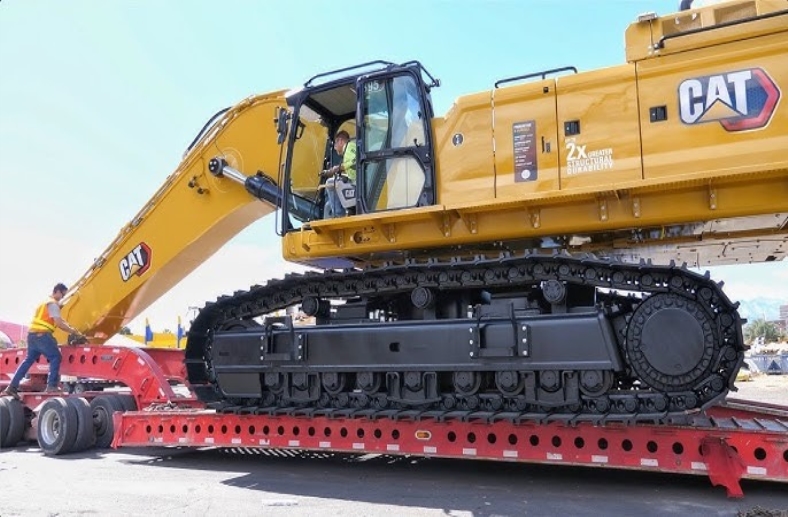Excavators are heavy machinery crucial for construction, demolition, and excavation projects. Their size and weight pose unique challenges for transportation. Efficiently moving a John Deere excavator from one job site to another requires careful planning, the right equipment, and adherence to safety regulations. This article explores the methods and considerations of transporting excavators, focusing on the reliable John Deere models.
Preparing for Transportation
Before an excavator can hit the road, certain preparatory steps must be taken to ensure a smooth and safe transportation process. These steps help in identifying the right approach for moving your machinery efficiently.
Assessing the Excavator Size and Weight
The first step in transporting an excavator is to assess its size and weight. John Deere excavators come in various sizes, from compact models that are easier to transport to large machines that require specialized transportation methods. Knowing the exact dimensions and weight of the John Deere excavator helps determine the type of trailer needed.
Choosing the Right Transportation Equipment
The choice of transportation equipment is critical. Most John Deere excavators use a flatbed trailer or a lowboy trailer. Lowboy trailers are particularly popular for transporting heavy equipment because their low deck height allows for transporting tall equipment while remaining within legal height limits on roads.
The Transportation Process
The transportation process involves a series of steps, each critical to ensuring the safe and legal movement of your John Deere excavator from one location to another.
Securing the Excavator
Once the right trailer is chosen, the next step is securing the John Deere excavator. The machine should be positioned centrally on the trailer to distribute its weight evenly. It’s then secured using chains or straps attached to its tie-down points, ensuring it won’t move during transit. If possible, the excavator’s boom and arm should be lowered onto the deck and secured, and the bucket should rest against the trailer’s headboard.
Legal and Safety Considerations
Transporting heavy equipment like a John Deere excavator requires compliance with legal and safety regulations. This includes obtaining the necessary permits, adhering to weight limits, and ensuring the load is marked with flags and lights if it extends beyond the trailer. Drivers should have the appropriate licenses and training to handle heavy machinery transport.
Special Considerations for John Deere Excavators
John Deere excavators, known for their robustness and reliability, require special attention to detail when being prepared for transport, especially considering the variances in size and application.
Compact vs. Large Excavators
Transporting a compact John Deere excavator is generally more straightforward than moving a larger model. Compact excavators can often be transported on smaller trailers and may not require special permits. In contrast, large John Deere excavators might need extensive preparations, including route planning, to avoid low bridges or weight-restricted roads.
Maintenance Before Transportation
Before transporting a John Deere excavator, it’s important to perform basic maintenance checks. This includes ensuring the fuel and hydraulic fluid levels are low to reduce weight and minimize the risk of leaks during transit. Additionally, all loose parts should be secured or removed to prevent damage.
Conclusion
Transporting a John Deere excavator, whether a compact model for urban projects or a large machine for major construction sites, requires careful planning and adherence to safety and legal standards. By choosing the appropriate trailer, securing the excavator properly, and considering the specific requirements for different models, construction companies can ensure their valuable machinery is transported safely and efficiently. With the right approach, relocating a John Deere excavator becomes seamless in moving from one successful project to the next.





